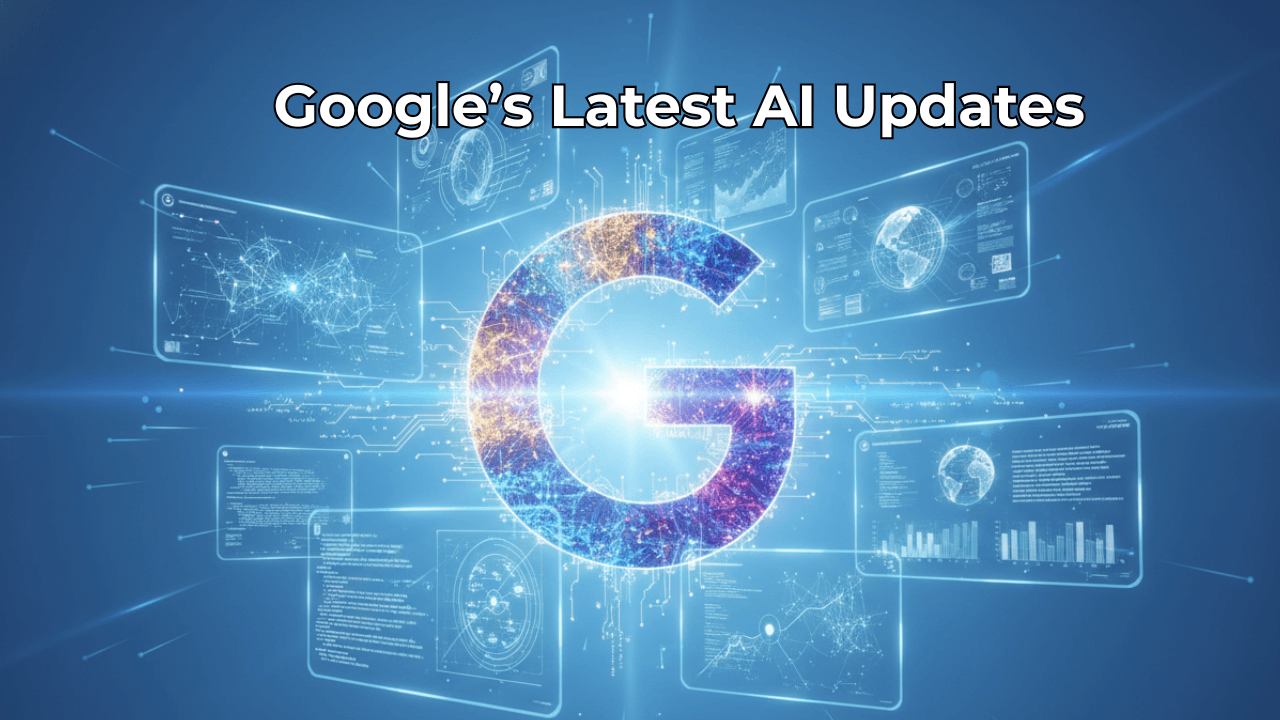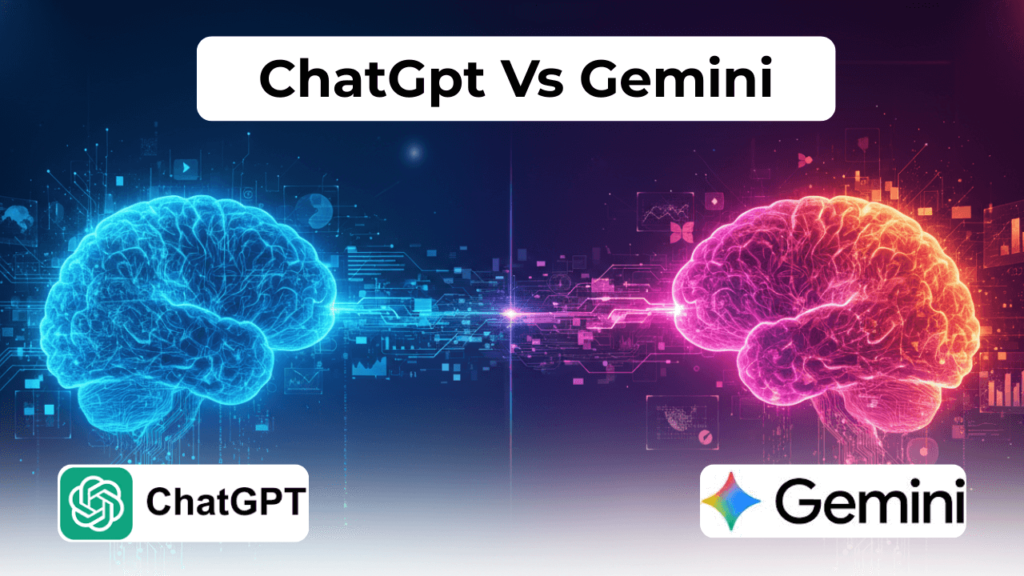Artificial Intelligence is transforming everything — from how we search for information to how we create and communicate. And when it comes to AI innovation, Google remains at the forefront. In 2025, Google introduced a wave of powerful AI updates that blend creativity, productivity, and deep learning capabilities across all its products. But what do these updates really mean for everyday users, marketers, and developers?
In this article, we’ll break down Google’s latest AI updates in simple terms — explaining how they work, why they matter, and how you can take advantage of them in your daily digital life.
What Are Google’s Latest AI Updates?
Google’s 2025 AI updates are a collection of advancements that make its ecosystem smarter, faster, and more helpful. The key developments include the Gemini 2.0 model, AI Overviews (formerly SGE), AI tools in Gmail and Docs, YouTube’s AI-powered video tools, and new AI APIs for developers.
These updates are designed to improve the way users search, write, create, and interact with technology. You can think of it as Google combining all its AI strengths — text, image, and video understanding — into one intelligent system.
How Google’s AI Updates Work
Here’s a simple breakdown of how Google’s latest AI systems operate across its platforms:
- Gemini AI Integration: Google’s Gemini 2.0 is a multimodal model — meaning it understands and generates text, images, videos, and even code.
- AI Overviews in Search: This feature summarizes complex search results instantly, helping users understand topics faster.
- AI in Workspace: Tools like Gmail, Docs, and Sheets now have “Help Me Write” and “Help Me Organize” options powered by Gemini.
- AI for Developers: Through Vertex AI and Gemini API, developers can integrate Google’s AI into their own apps and websites.
Together, these updates make Google’s ecosystem more interconnected and efficient.
Why These Updates Matter
These updates aren’t just fancy tech experiments — they’re reshaping how people work and communicate. Here are a few reasons they matter:
- Smarter Search Results: AI Overviews deliver concise answers and reduce time spent scrolling through pages.
- Increased Productivity: AI tools in Workspace automate writing, editing, and data handling.
- Enhanced Creativity: Content creators get intelligent video editing and image generation tools.
- Seamless Integration: Gemini connects across all Google services, keeping your workflow unified.
- Accessibility: AI makes Google tools more inclusive for non-native speakers and people with disabilities.
According to Google’s 2025 developer report, AI-powered features in Workspace increased productivity by up to 45% among users.
Key Google AI Updates in 2025
1. Gemini 2.0 Release
Gemini 2.0 is Google’s most advanced AI model yet, capable of understanding images, videos, and long text with near-human reasoning. It now integrates directly into Android and Chrome, helping users interact with their devices more naturally.
Official Source: Google Blog
2. AI Overviews Expansion
Previously available in limited regions, AI Overviews are now live worldwide. Users can see summarized answers pulled from multiple trusted sources in over 100 languages.
3. Smarter Gmail and Docs
Google’s “Help Me Write” and “Smart Reply Pro” features now use Gemini 2.0. The AI can rewrite emails, adjust tone, and even generate full drafts or reports.
4. YouTube’s AI Video Tools
YouTube creators can now use AI for automatic captioning, background replacement, and highlight generation. These tools help save hours in editing while improving video accessibility.
5. Google Photos “Ask Photos” Feature
The new “Ask Photos” function lets you search memories conversationally. For example, “Show me my trip to Paris last year” instantly displays relevant pictures — a major leap in AI-powered visual recognition.
Common Misunderstandings About Google AI
- “AI Overviews will replace SEO.”
Not true. SEO remains crucial since AI relies on high-quality, well-optimized content to generate summaries. - “Gemini only understands English.”
Incorrect. Gemini 2.0 supports more than 100 languages with improved translation accuracy. - “AI tools read your private data.”
Google ensures strict privacy controls and does not use personal content for training. - “Developers can’t access Gemini.”
False. Developers can access it through the Gemini API and Google Cloud’s Vertex AI platform.
If you’re excited about Google’s AI innovations, you’ll love our list of the 10 Best Free AI Tools You Should Try in 2025 that can boost your creativity and productivity.
Real-World Example
A great example of Google’s AI in action is its partnership with Shopify. Using Gemini’s product description generator, merchants saw a 38% increase in conversions thanks to optimized and engaging listings. This shows how AI can make real, measurable business impact.
Frequently Asked Questions
Q1. What is Google’s latest AI model?
Google’s latest AI model is Gemini 2.0, a multimodal system that understands text, images, video, and speech.
Q2. Is AI Overviews (SGE) available worldwide?
Yes, as of 2025, AI Overviews have rolled out globally in multiple languages.
Q3. Are Google’s AI tools free to use?
Many tools are free, but advanced features in Workspace and Cloud are part of paid plans.
Q4. Can AI tools improve SEO performance?
Yes. Google’s AI tools help content creators optimize readability, structure, and topic relevance.
Conclusion
Google’s 2025 AI updates prove one thing — the future of search and creativity is intelligent, fast, and interconnected. From Gemini 2.0’s reasoning capabilities to AI-powered tools in Gmail, YouTube, and Search, every update brings the digital experience closer to human-like understanding.
Whether you’re a marketer, student, or developer, these innovations can make your life easier and your work smarter. As AI continues to evolve, one thing is clear — Google’s latest AI updates are shaping the future of how we interact with technology.



